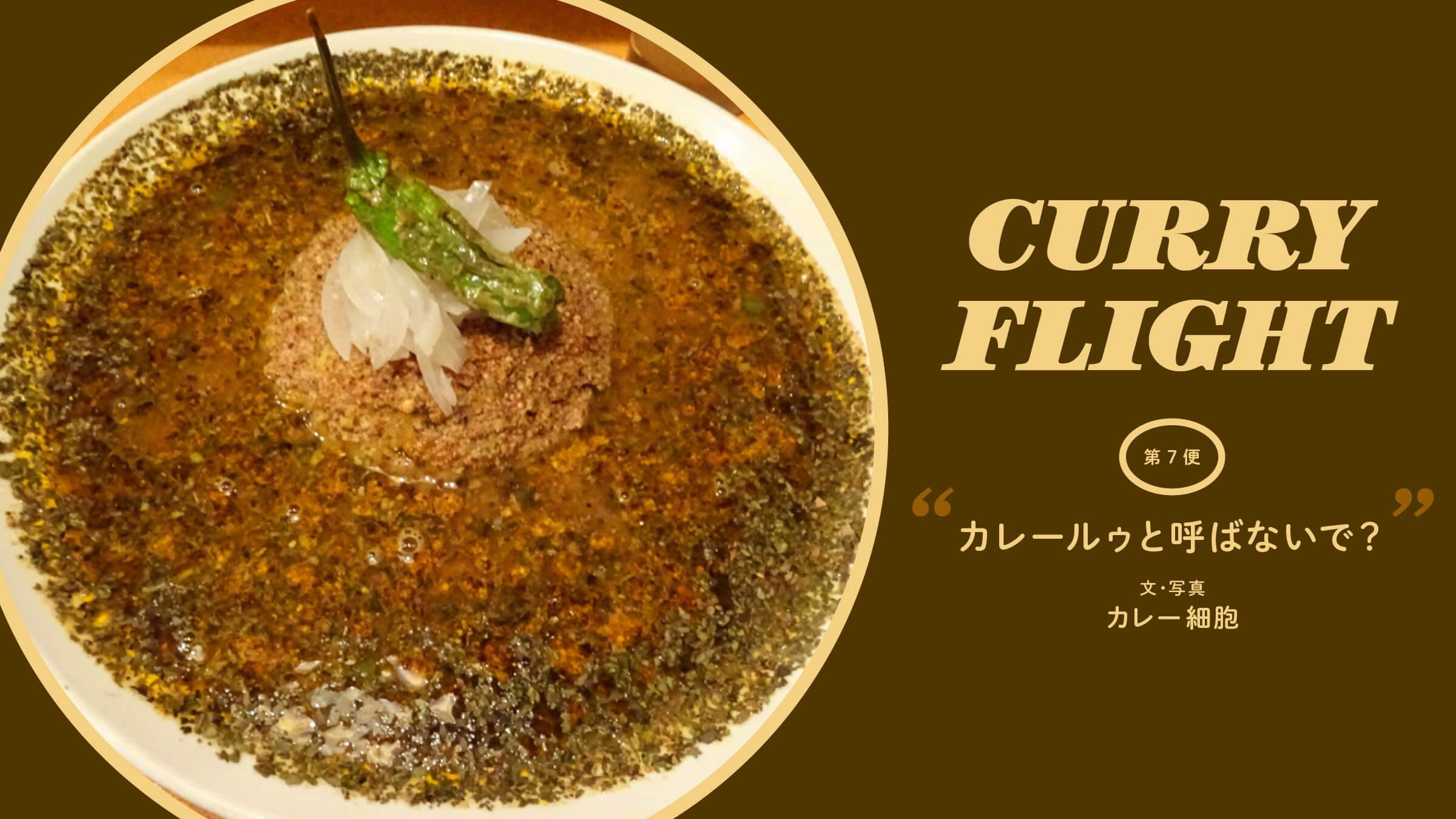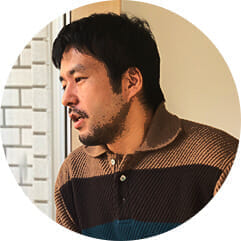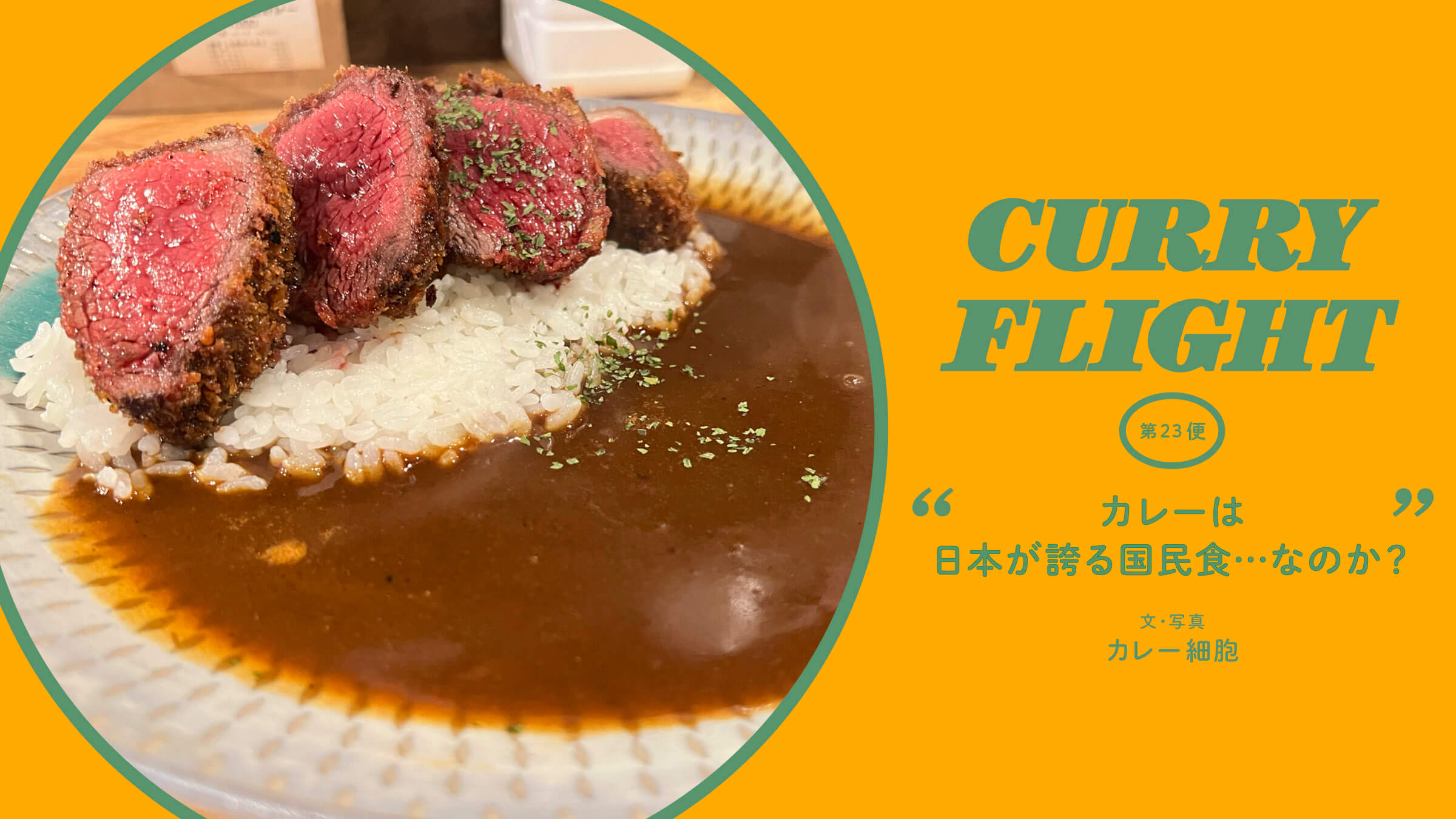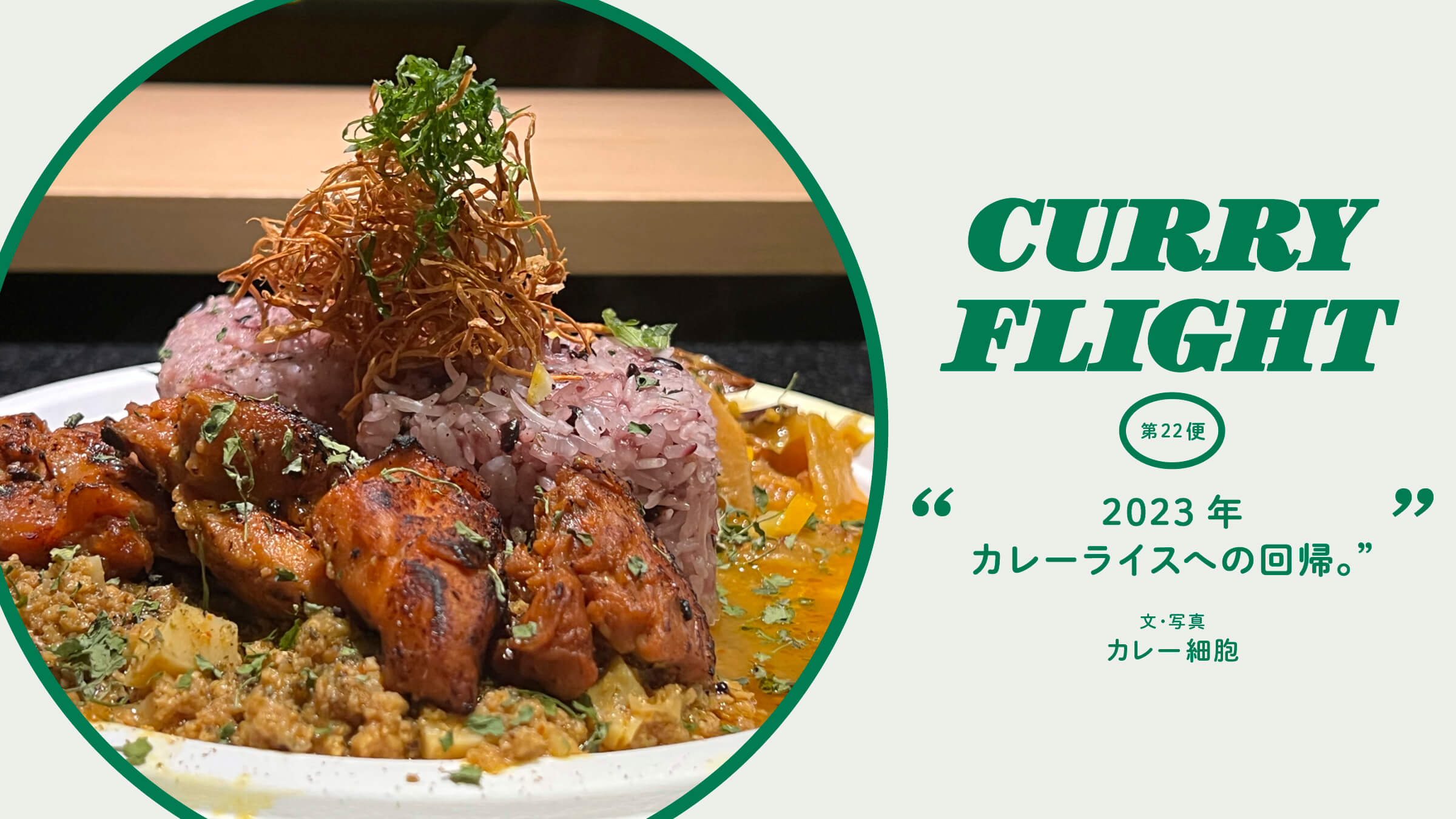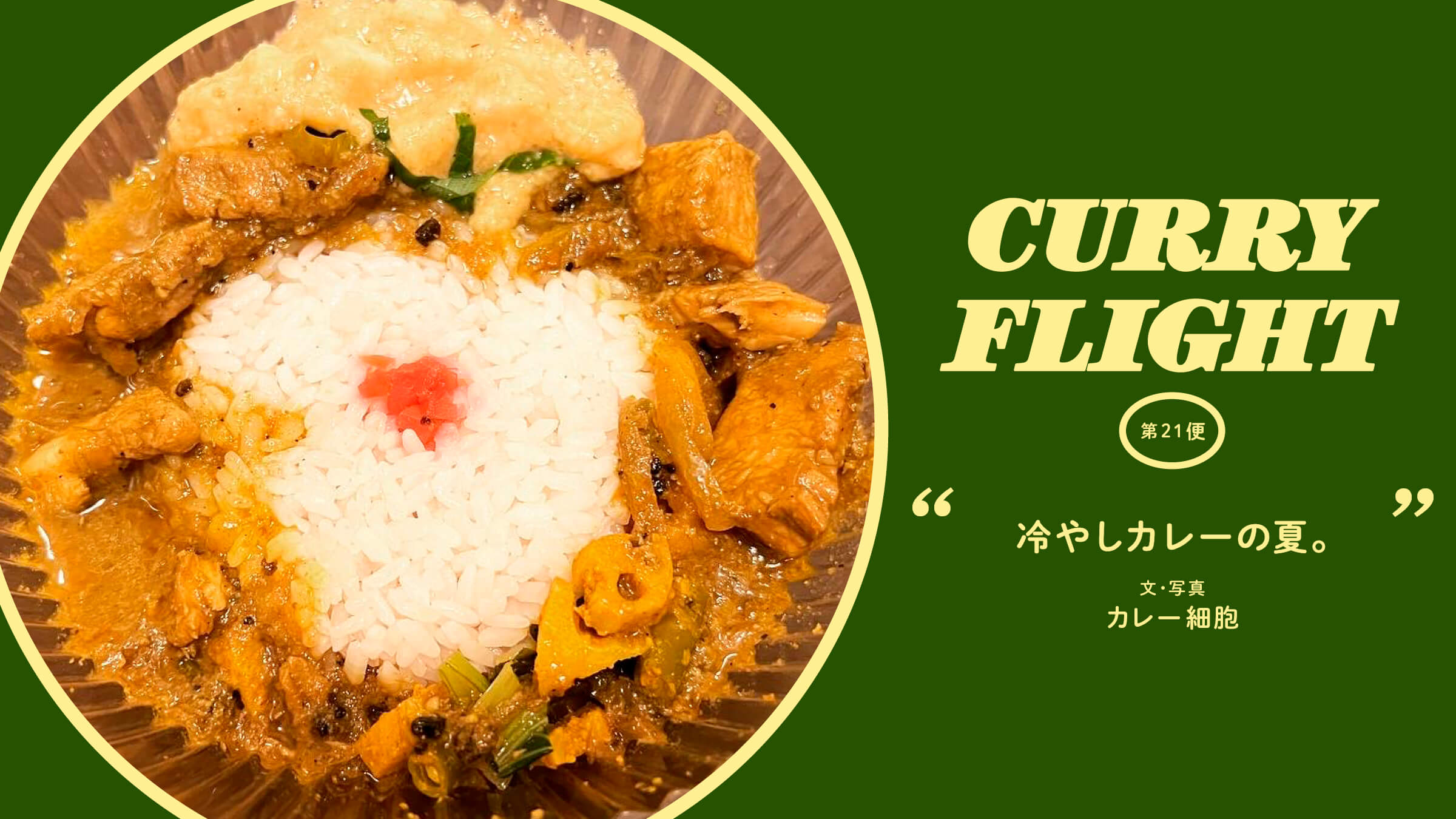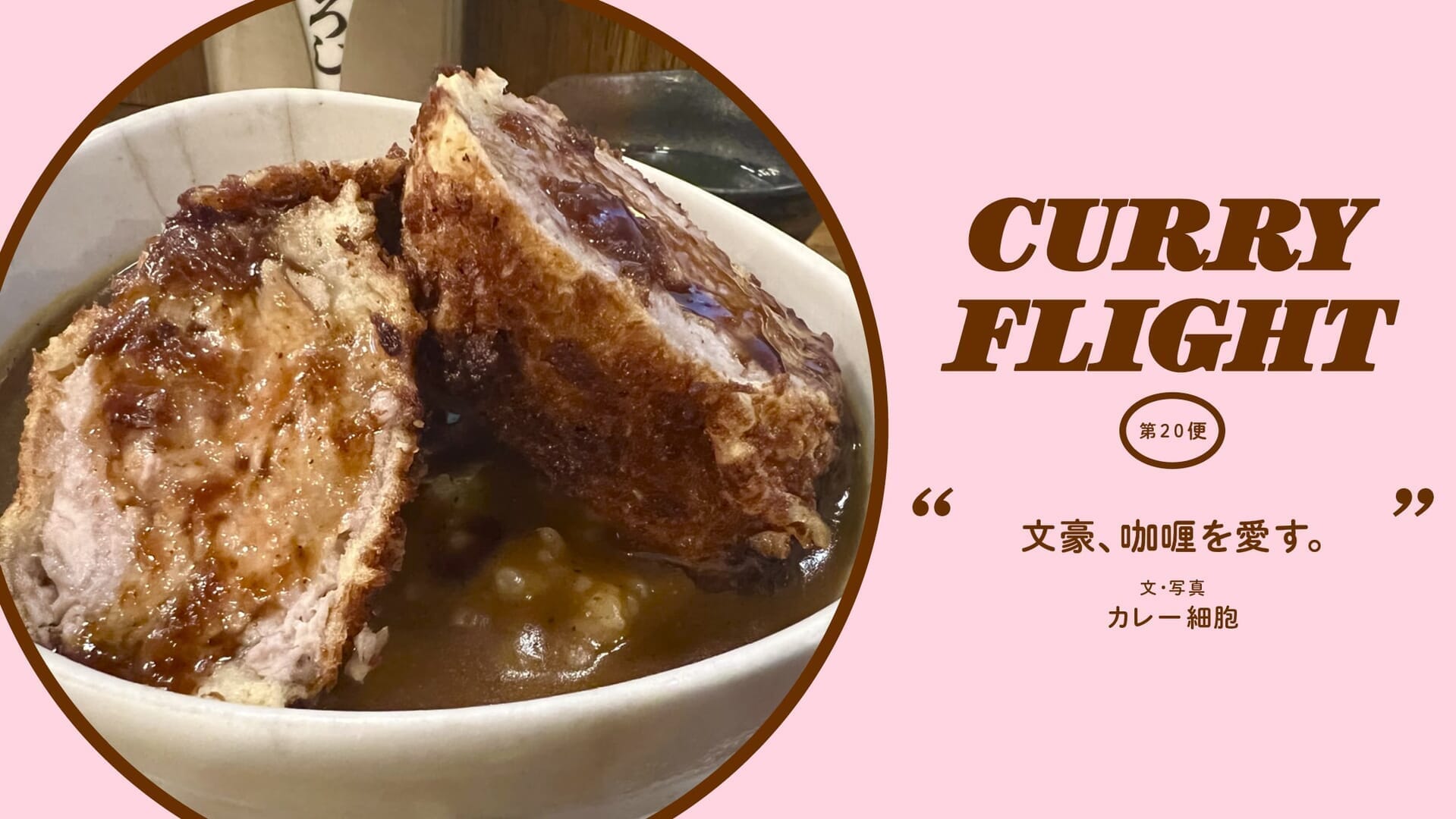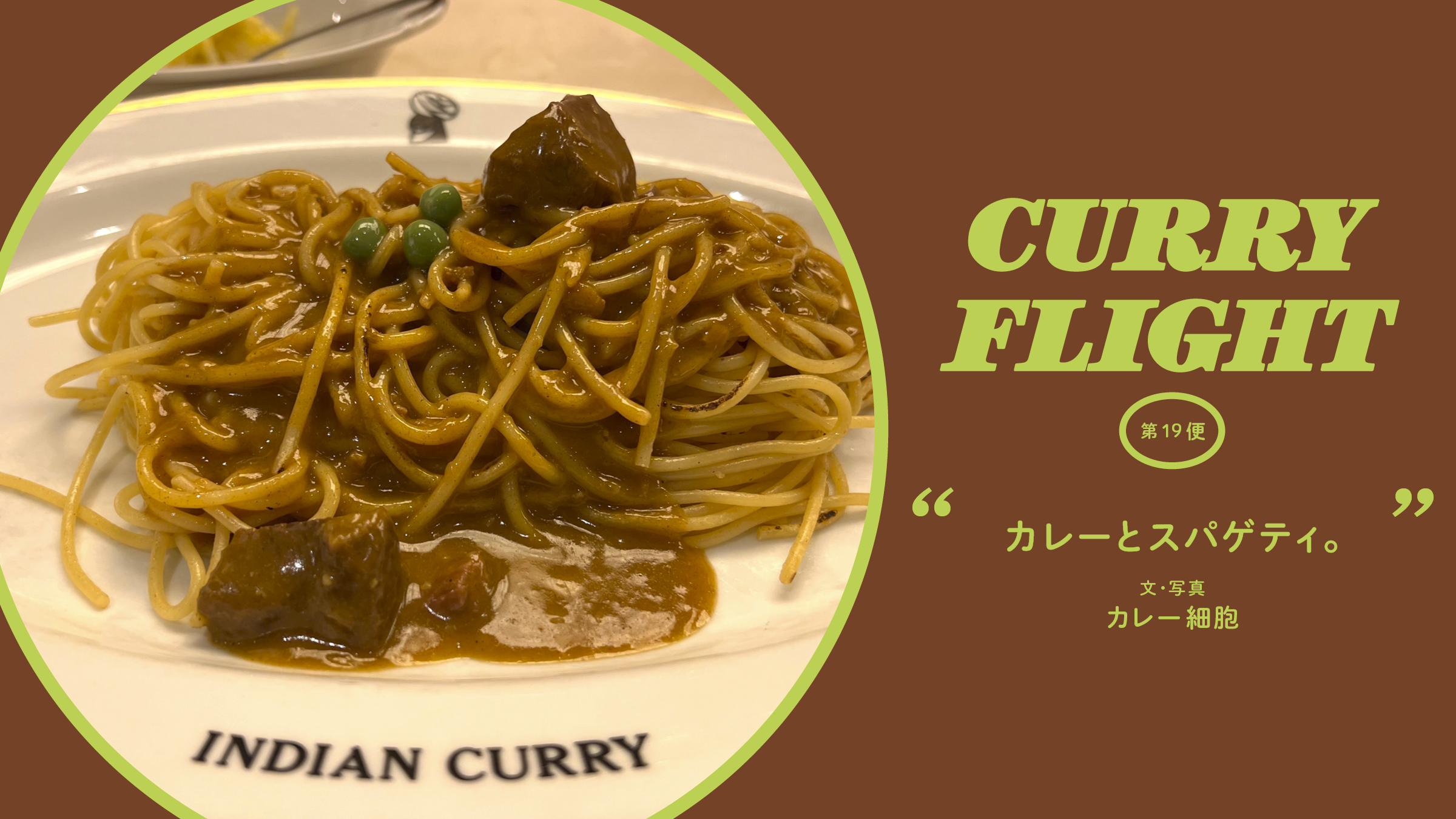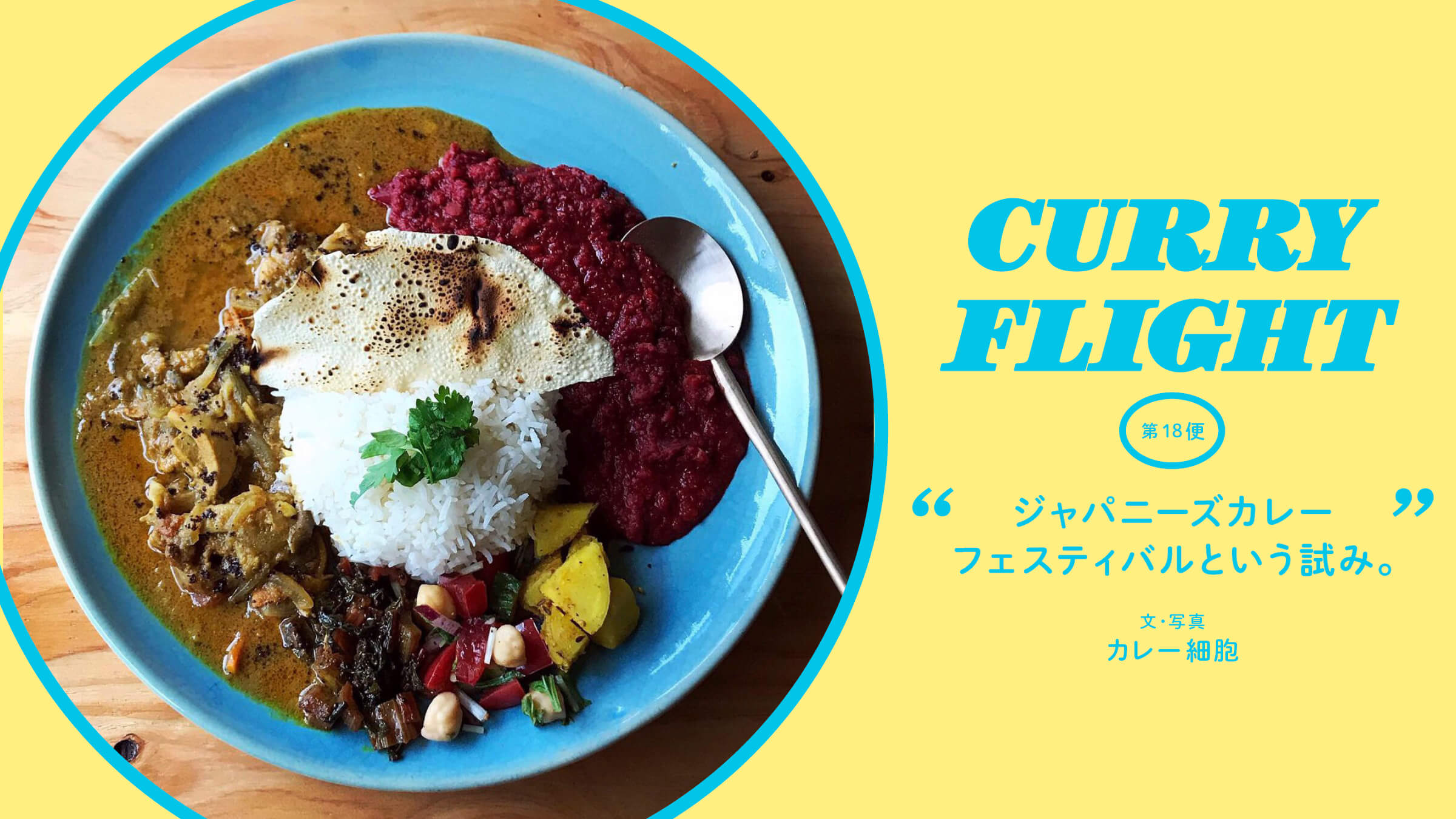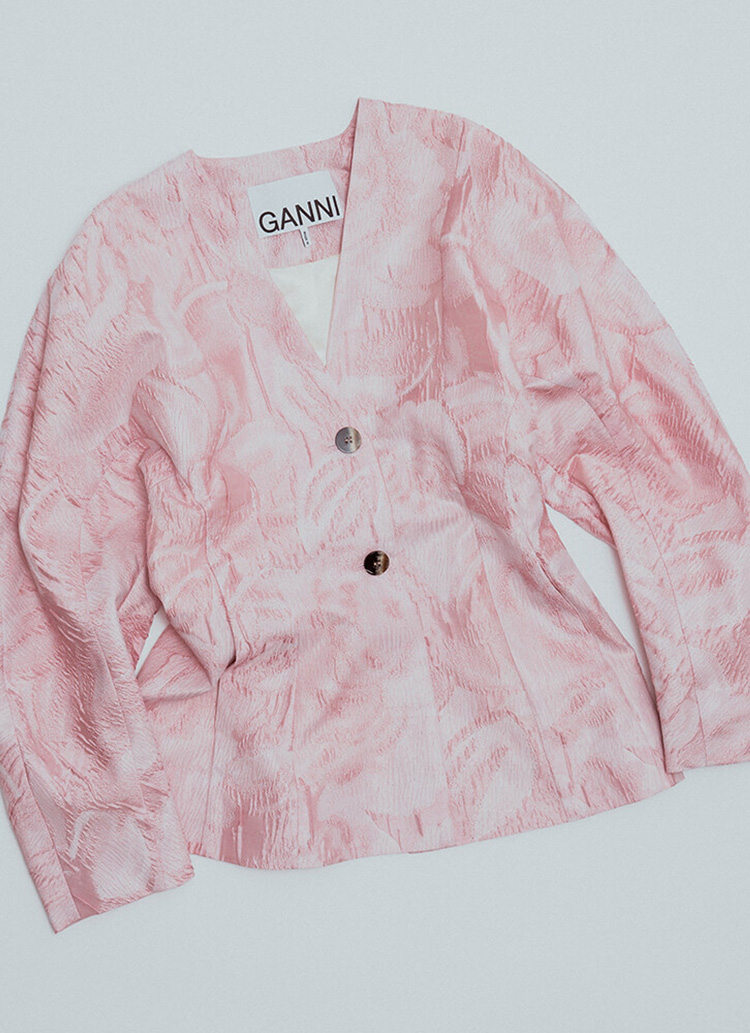Seventh Flight Don't call it kahlilu?
First, take a look at this picture.
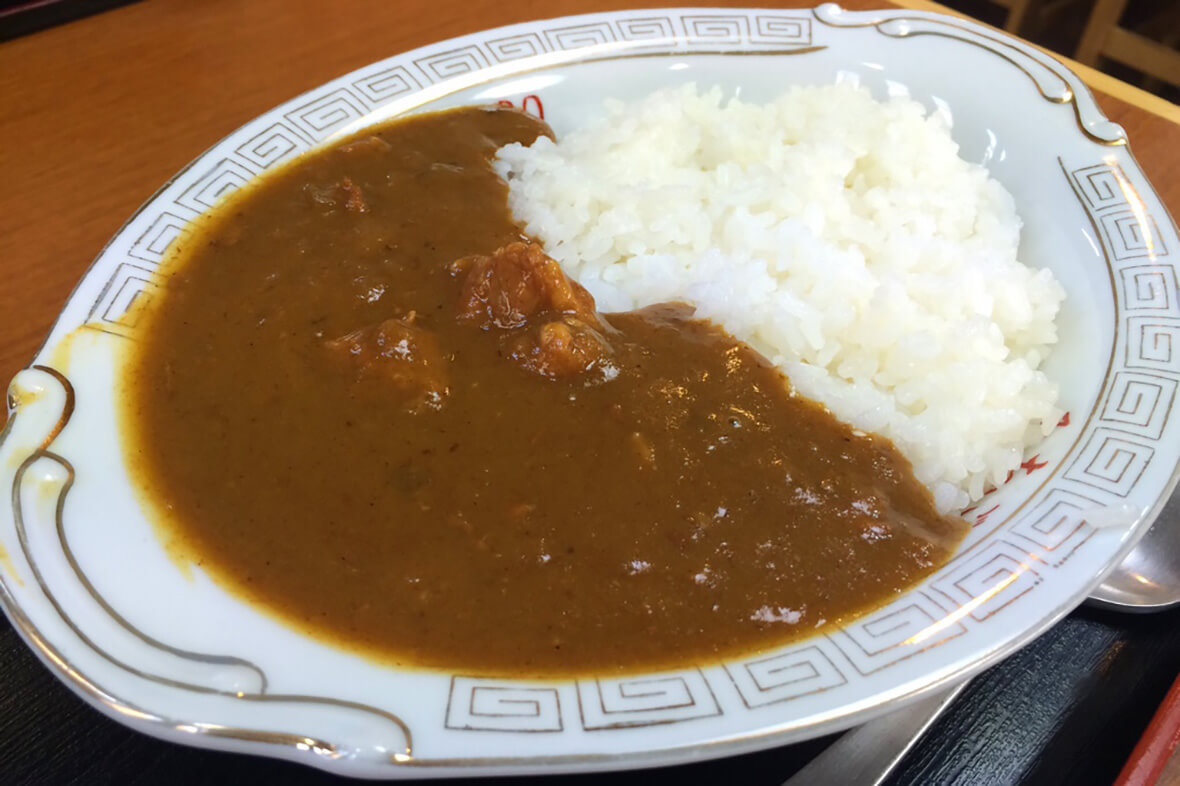
What do you call this part of curry rice other than the rice?
Most people call it "roux" or "lu."
But there is a saying, "This is not a roux.
What the hell is going on?
This time, what is this part of curry rice other than the rice called?
Let us take you on a journey of contemplation about ...
Is it wrong to say "Lou?"
A "roux" is a mixture of flour and butter that is heated together.
Originally a French term.
Western food culture in Japan blossomed after the civilization was opened to the world, incorporating the food culture of England and France.
Curry is a typical example, so there is nothing unnatural about the use of French-derived words.
In prewar Japan, when making curry at home, people would fry flour and add curry powder to it.
To eliminate this hassle, curry roux is a combination of curry powder and "roux" from the beginning.
It all started in 1926 when Urakami Shoten (now House Foods) launched "curry roux instant home curry.
The following year, the name was changed to "Instant House Curry.
Yes, in other words, "roux" in curry originally means "curry roux," the ingredient used to make curry.
It may be because of the ambiguity of the Japanese language that the thick part of the curry rice is now also called "roux".
Incidentally, regarding the difference between "rou" and "rou", NHK, one of the standards for "correct Japanese", says that it is decided to write "rou" instead of "rou". (Exceptions are made for product names, etc.)
A realization brought about by the appearance of a curry that cannot be called a "roux."
In this way, the French term "roux" and the curry ingredient "curry roux" and the thickened part of the final curry and rice served with rice were called "roux" without distinction during the Showa period, and no particular questions were raised. However, with the diversification of curry around the 1990s and the distribution of information on the Internet, people began to say that it was wrong to call it "roux".
This is due to the expansion of curry without flour, i.e., without the original "curry roux".
Indian curry, made from spices, has nothing to do with "roux" in the first place, and "spiced curry," which has become a major force in Osaka, is mainly a dry style made without flour.
So, a voice has been raised that calling these curries "roux" is quaint.
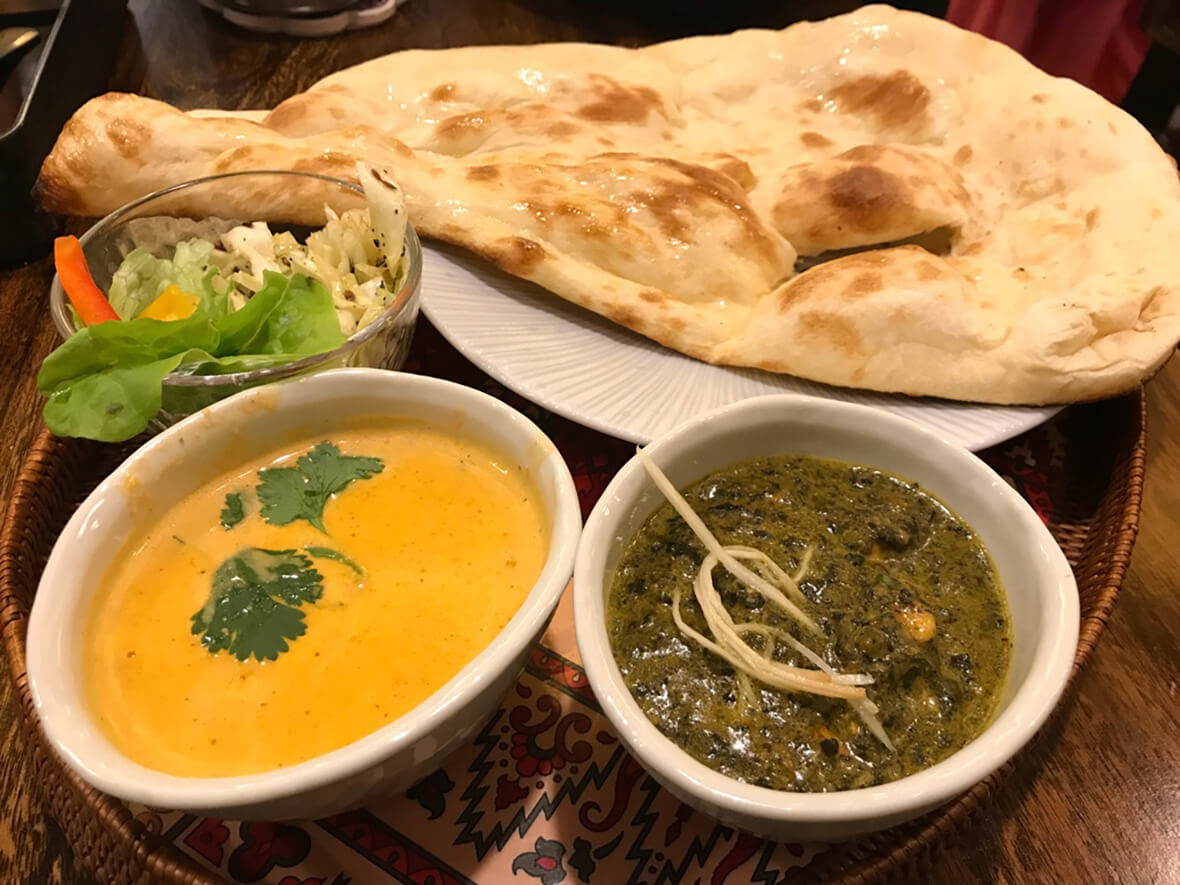
In India, curry may be thickened with vegetables or cream, but flour is rarely used.
Photo: Kemigawa "Sitar".
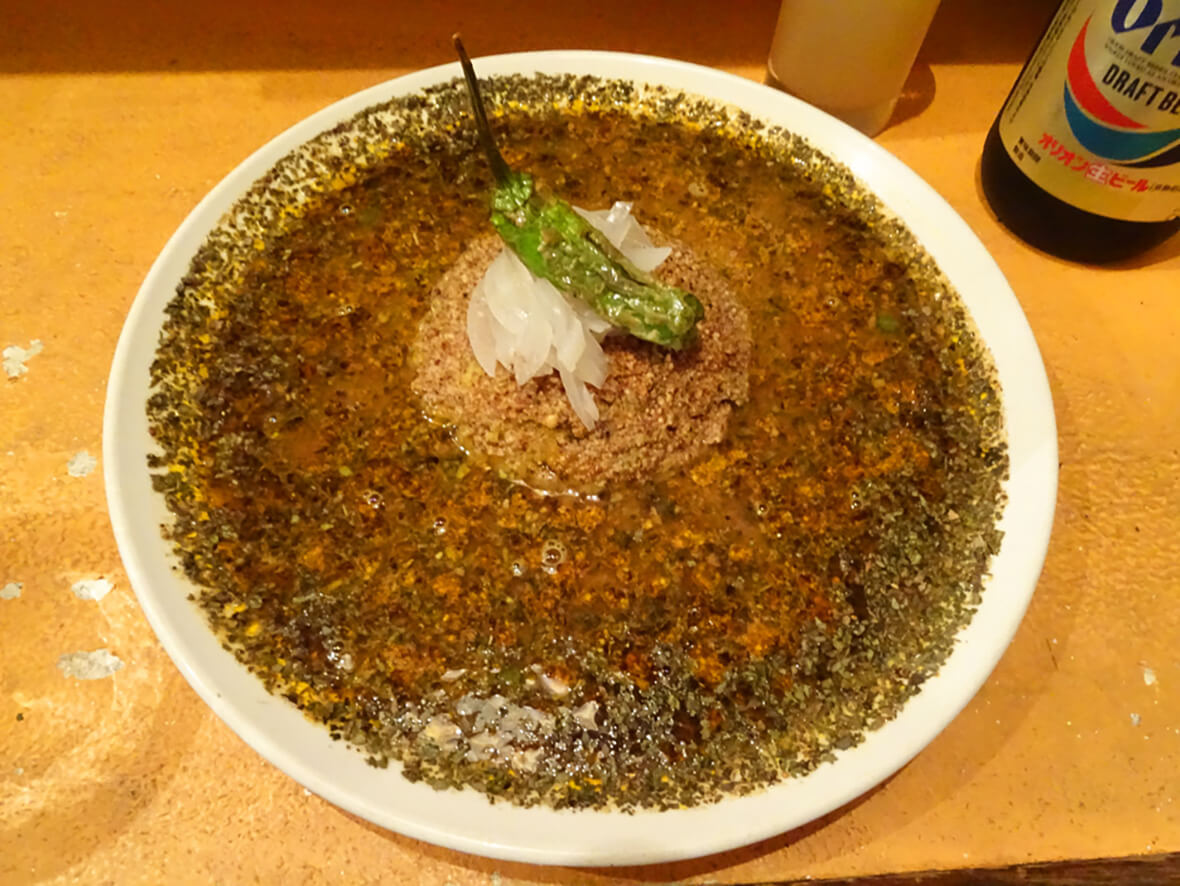
Curry from "columbia8", a representative of Osaka spiced curry. No flour is used and the curry is silky smooth.
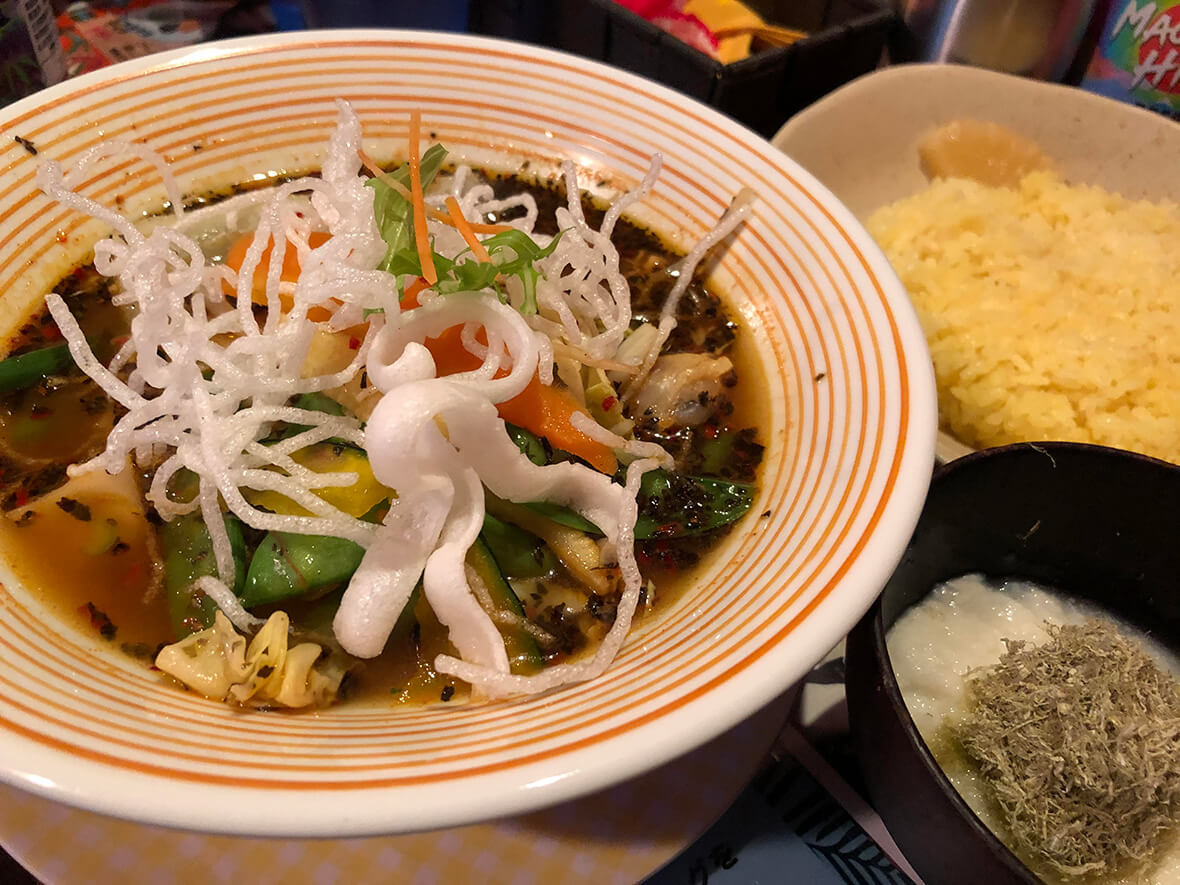
Magic Spice" is a representative of Hokkaido soup curry. No one calls this curry "roux.
Incidentally, in Hokkaido, where "soup curry," a local delicacy, has become a household name, traditional curry rice is sometimes called "roux curry" to distinguish it from "soup curry.
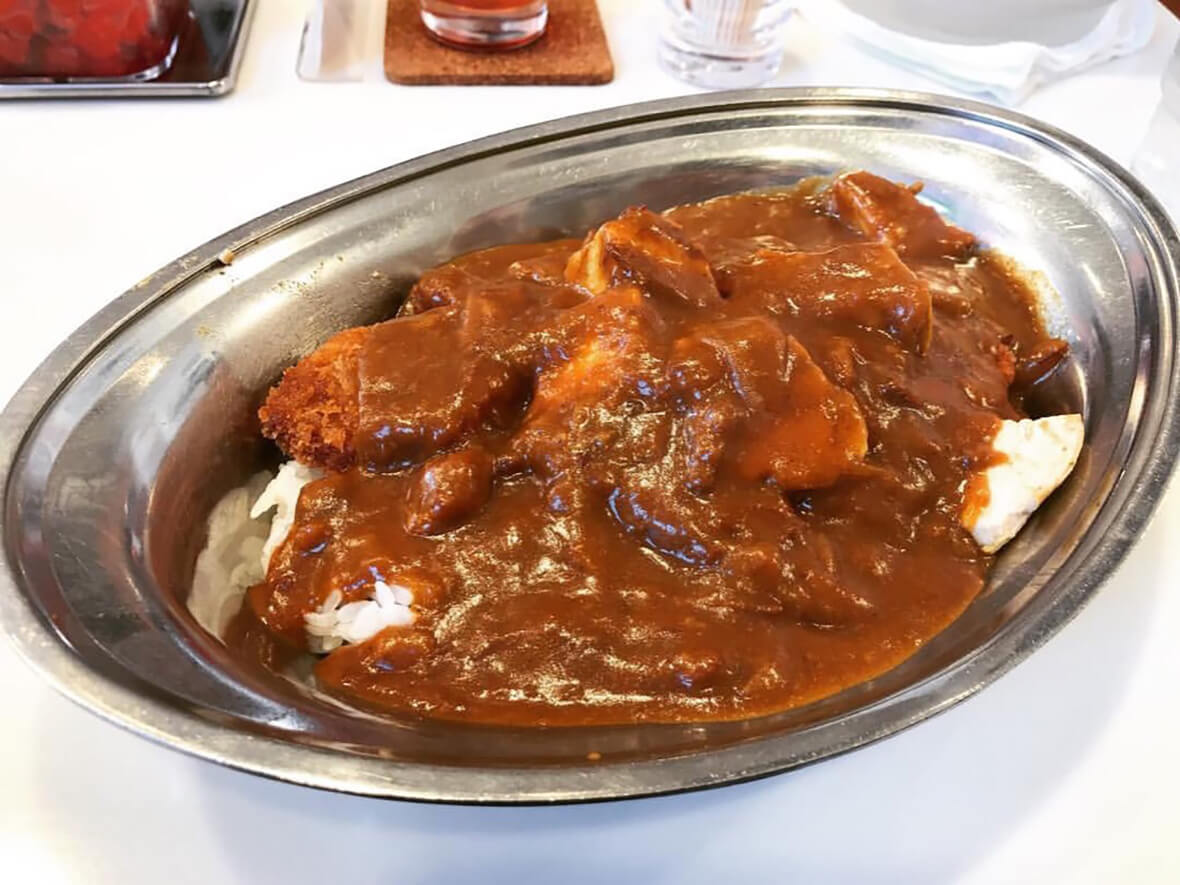
In contrast, Obihiro "Indian" is a representative of Hokkaido roux curry.
What should I call you then?
Now, here's the problem.
Now, to answer the opening question, "What do you call the part of curry rice other than the rice?" How should we answer the question "What is the part of curry rice other than rice?
Actually, it is called "curry sauce" in the Western food world.
I see that the word "roux" itself is a French term, and if we take it in its original meaning, it is indeed a "sauce.
Even that container that most people imagine when they hear the word "curry" is originally a "sauce pot.
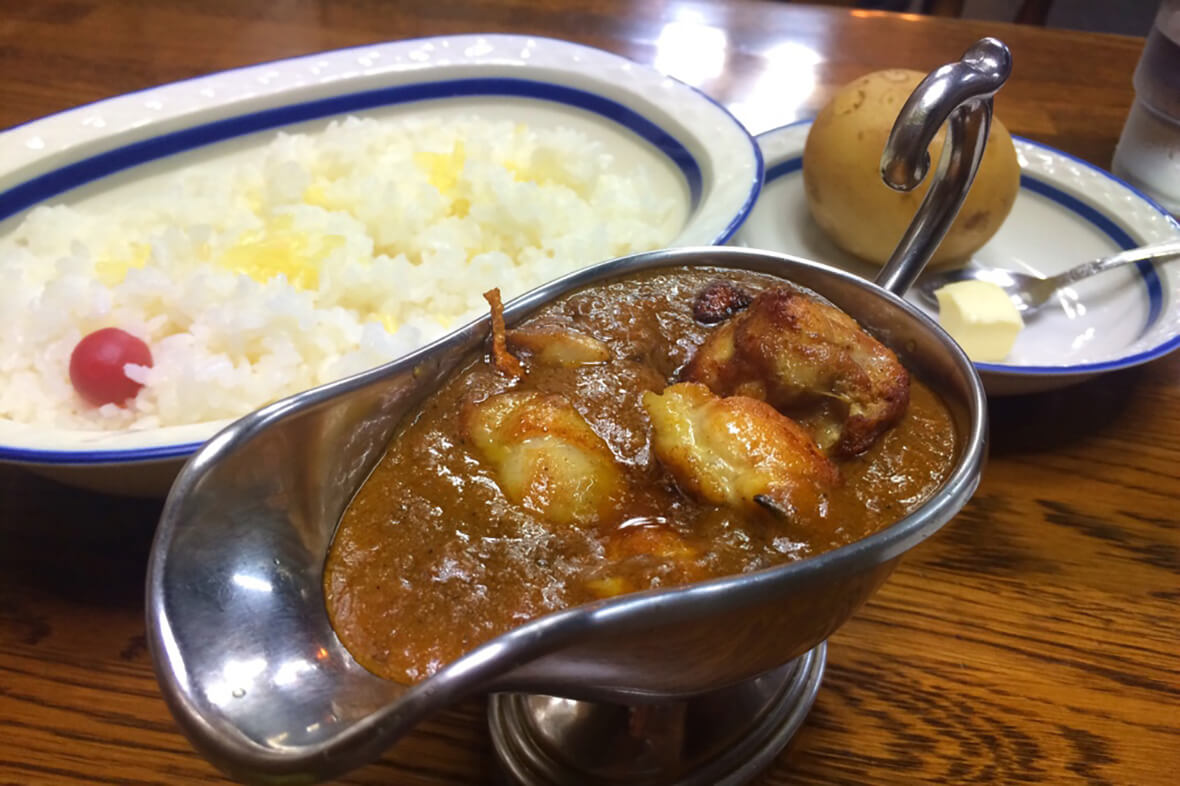
Indira is a long-established European-style curry restaurant. Curry is served in a sauce pot.
However, there is still some resistance to calling curry, which is even considered a national dish, a "sauce.
It is the general Japanese feeling that sauce is something you put on a dish, not the main dish itself.

Berlin street food "Kaliburst".
The sausage is served with curry sauce, but it is the sausage that is the main attraction.
Besides, in Kansai, people have always eaten curry with sauce, and there is a big resistance to call curry a sauce... (I am from Kobe).

Senba Jiyuuken has an original "curry sauce" on the table.
Well, "curry sauce" seems to be the correct term for the dish, but it doesn't seem to fit in the everyday language...
So what should I call you: ・・・・
Hmmm...
How, after much thought, I have one definite conclusion.
I mean...
Just call it "curry" honestly.
Conclusion.
Because it is.
Curry rice because curry is combined with rice.
If you take rice from there, it is curry.
There is no other way.
You can call it "curry body" if you want.
Here's the deal.
However, my personal opinion is that it is fine to call them "Lou" or "Ru". I also think that it is fine to call them "Lou" and "Ru".
The meaning of Japanese often changes when it is introduced as a foreign language, and if it is already commonplace, I wonder if we should not get too worked up about it.
Of course, it is obviously strange to use the word "roux" for curry or Indian food that does not contain flour, and care should be taken when using it as a technical term for cooking.
If you know the things summarized in this article and still use it as a linguistic expression, you don't have to hunt for Kotoba.
Well, to avoid controversy, it would be safer to describe it as a "roux-type curry.
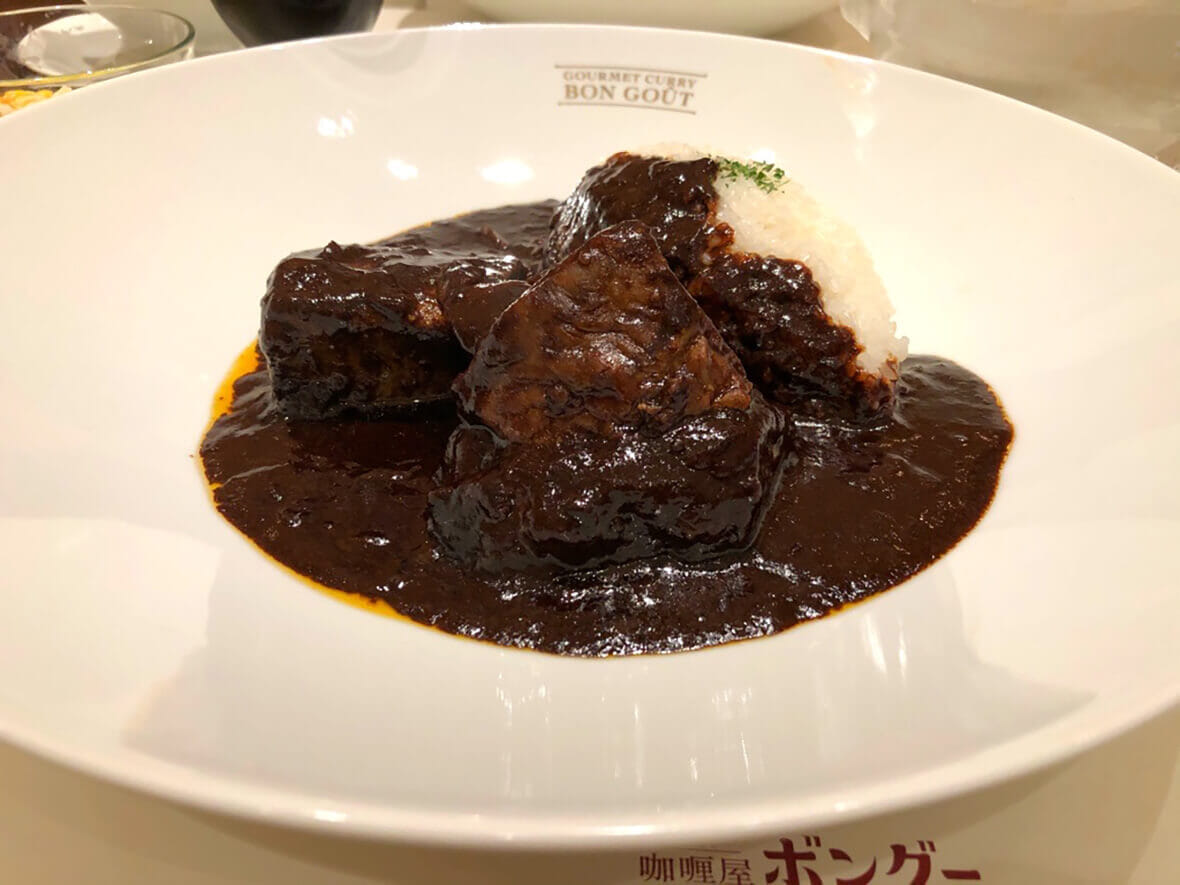
咖喱屋 Bongu just opened on February 27, 2020,
A true "roux" type curry, with the roux prepared using the French method.
At any rate, roux-type curry is a food culture that Japan is proud to share with the rest of the world.
When communicating this attraction to foreign countries, we need to be careful not to misinterpret the original meaning of the term.
Now, what kind of Flight should we try next time?
PROFILE

In pursuit of all kinds of curry and strange creatures. A spice radar by nature, he has visited more than 3,000 curry restaurants in Japan and abroad. He has been featured in many magazines and TV programs, and is a member of the Japanese Curry Awards selection committee. He is a member of the Japanese Curry Awards Selection Committee, and is a member of the "Next Breakthrough Curry Restaurant" program, which invites a new local curry restaurant to Shibuya every month.SHIBUYA CURRY TUNEThe company is holding the "Mutual Aid Association of Japan (MAAJ).







